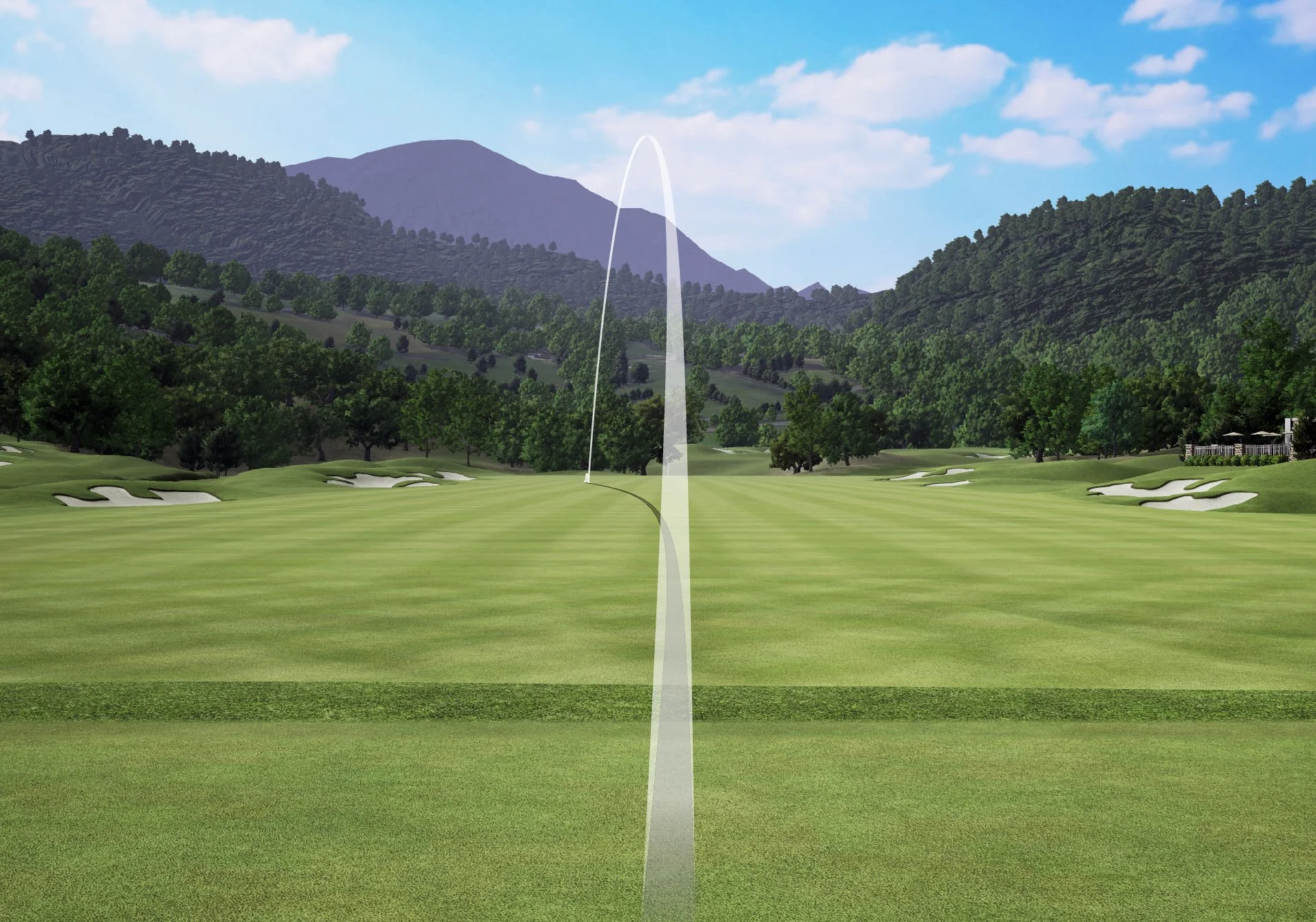Seasons greetings to you all and hope you have had a great Christmas and looking forward to the new year, quickly gathering thoughts about new years resolutions and how you can make 2017 a year to remember for all the right reasons.
As it is the season of goodwill I'd just like to share a story with you. Unfortunately it's not a swing tip to help your golf or a mindset technique to lower your scores on course.
As it's the time of year to be thankful for what we all have in life. Thankful for our families. Thankful for our friends. Thankful to all the people who help us throughout the year, whether it be doctors making us feel better or shop assistants who put a smile on our face that we remember.
I am thankful for a lot of things, but one element of my life I am very thankful for.......................................My career as a Golf Instructor. To teach golf for a living was always what I was destined to do ever since my dad took me to the local golf course at the age of 6. I got to a decent standard as a amateur but never excelled and won local tournaments as opposed to regional and national which was the stepping stone to the elite in the game. It was by the time I was 18 I had to make a choice. My dad passed away when I just turned 15 and, not wanting to let him down, took A levels as he wanted me to from 16 to 18. Unfortunately, to not much success due to the lack of effort I put into them, my fault completely but the motivation was never there to succeed in getting good grades. So my 18th year came and a job at the local course shop came up where I'd learned to play and I was up for it, it ticked all the boxes. Working in an environment that I had experience, knowledge and a bit of skill in. Working under a great coach, Neil McEwan, I learnt a lot about the swing and fed off Neil and his teaching. It fascinated me reading his folder of swings that he compiled and occasionally sneaking a look when he took his pupils into the video room to analyse their swings. I was hooked!
But the thing that hooked me the most........ he was helping people. He was helping put a smile on golfers faces when they hit the ball better. It was why they called on his services, to help them get over their own frustrations in this great game and he 'fixed' them, bringing a sense of relief in the knowledge that they weren't going mad and they can hit the ball as good as they once did or had the ability to give their friends a run for their money on the golf course. And this was mostly due to the influence of the coach, guiding them in the right direction, helping them learn about what worked and what didn't.
This was the clincher for me. I wanted a piece of the action. I wanted to be the one to help golfers of all levels and abilities play better as I knew myself how frustrating this game could be. I got as many golf books and dvd's as I could about the swing and the game (still do) and went about teaching the game I love to other people and share my knowledge to enable them to love the game.
There is no more satisfying sensation. Receiving a text or email saying 'thank you, I played my best ever round today'. Of course, I only help a small percentage of the way. It is up to the player themselves when they step onto the tee to put what we have done into action and trust it. It doesn't always happen, that's the nature of the game of golf, but when it does happen it creates a huge buzz for player and coach.
I'm thankful for my career, a life of teaching the game of golf to anyone who wants to learn. It certainly beats the 9 to 5 pressure packed grind.
And my new years resolution? To continue to learn and progress to maintain high standards to bring even more smiles to golfers at the end of every session.









